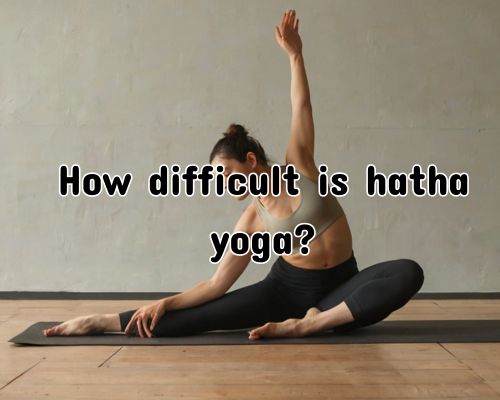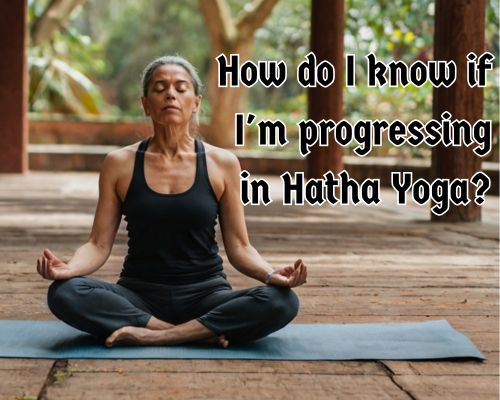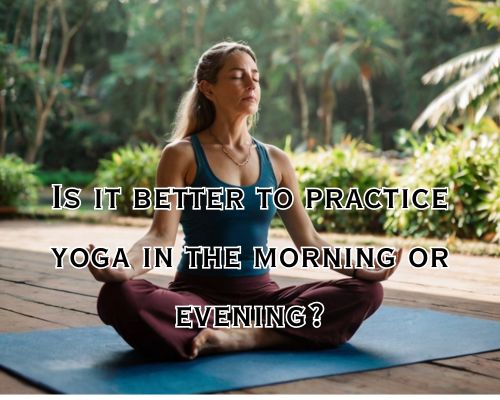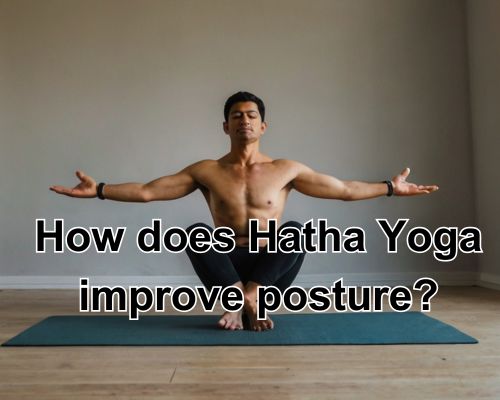Is 30 Minutes of Yoga 3 Times a Week Enough? A Mornington Perspective on Wellness

Is 30 Minutes of Yoga 3 Times a Week Enough? A Mornington Perspective on Wellness
In the bustling seaside town of Mornington, Australia, where outdoor activities and wellness culture thrive, many locals are asking: Is 30 minutes of yoga 3 times a week enough to maintain good health and improve well-being? This question touches on the core of balancing busy schedules with self-care, a challenge faced not only in Mornington but globally. Let’s get into details with Bikram Yoga Mornington.

The Growing Popularity of Yoga in Mornington
Mornington’s active community loves to blend nature with fitness. Yoga studios such as Mornington Yoga Collective and Coastline Yoga have seen a surge in popularity. Residents appreciate yoga not just for flexibility, but for stress relief, mental clarity, and enhanced physical strength. Yet, time constraints often mean shorter sessions rather than marathon classes.
What Does Science Say About 30 Minutes of Yoga?
Multiple studies confirm that yoga benefits both body and mind. The question is, does practicing yoga for just 30 minutes, three times weekly, cut it? The simple answer: yes — if the practice is consistent and well-structured.
- Physical Health: Research published in the Journal of Alternative and Complementary Medicine shows that moderate yoga sessions improve cardiovascular health, flexibility, and muscle tone. Thirty minutes offers enough time to engage in a balanced routine of stretches, strength poses, and breathing exercises.
- Mental Health: Regular yoga can reduce anxiety and depression symptoms. The Australian Psychological Society highlights yoga’s role in activating the parasympathetic nervous system, calming the mind even in brief sessions.
Quality Over Quantity: The Mornington Yoga Approach
Mornington yoga instructors often emphasize quality over quantity. A 30-minute session focusing on mindful breathing (pranayama), core strength (like plank and warrior poses), and relaxation (savasana) can deliver substantial benefits. This approach suits Mornington residents balancing work, family, and outdoor hobbies.
Key Benefits of 30-Minute Yoga Sessions, 3x a Week
- Improved Flexibility and Strength
Yoga improves muscle elasticity and joint mobility. Consistent 30-minute workouts strengthen core muscles, supporting posture and preventing injury — essential for active Mornington residents who enjoy hiking in the nearby Mornington Peninsula National Park. - Enhanced Mental Well-being
Yoga boosts mood-regulating neurotransmitters like GABA. Short sessions can lower cortisol levels, helping to mitigate stress. This is crucial in a fast-paced lifestyle, even amidst Mornington’s relaxed vibe. - Better Sleep Patterns
Regular practice helps regulate the sleep cycle. Mornington’s calm coastal environment combined with yoga encourages restorative rest, vital for overall health. - Boosted Metabolism and Weight Management
While 30 minutes might not replace intense cardio, it supports metabolic health. Mornington residents combining yoga with walks along the foreshore or cycling around the Peninsula see compounded benefits.
Local Insights: Mornington Yoga Community Testimonials
Jane, a Mornington local and yoga enthusiast, shares:
“I started doing 30 minutes of yoga thrice a week after work, and I feel more energetic and less tense. It fits perfectly into my schedule without feeling overwhelming.”
Similarly, Luke, a Mornington Peninsula athlete, notes:
“Yoga has improved my recovery times and flexibility. Even a short session three times a week complements my training well.”
Is It Enough? Context Matters
The answer depends on individual goals:
- For General Health: Yes. The Australian Department of Health recommends at least 150 minutes of moderate physical activity weekly, and 30 minutes of yoga three times fits comfortably into that.
- For Weight Loss: Yoga alone might not suffice; combining with cardio or strength training enhances results.
- For Stress Relief and Mindfulness: Absolutely. Consistent short sessions can greatly improve mental resilience.
Incorporating Yoga into Your Mornington Routine
Mornington offers many yoga-friendly environments—from studios to the outdoors:
- Mornington Beach Yoga: Practicing yoga on the beach at sunrise combines fresh sea air with mindful movement.
- Bikram Yoga Mornington: Mornington Recreation Centre offers affordable classes with flexible schedules.
- Home Practice with Local Influencers: Online sessions from Mornington-based instructors help maintain discipline.
Tips to Maximize 30-Minute Yoga Sessions
- Focus on Breath and Alignment
Precision over speed ensures maximum benefits and injury prevention. - Mix Yoga Styles
Blend Hatha, Vinyasa, and restorative yoga across sessions to keep engagement high. - Use Props
Blocks and straps aid in posture adjustments and deepen stretches. - Set Clear Intentions
Mindset matters: approach each session with a goal—relaxation, strength, or flexibility.
Other Activities Complementing Yoga in Mornington
For holistic health, Mornington locals often pair yoga with:
- Walking or Running the Mornington Peninsula Trail
- Swimming at Mills Beach or Safety Beach
- Cycling through Arthurs Seat State Park
- Joining Local Meditation Groups
These complementary activities enrich cardiovascular fitness and mental wellness, synergizing well with yoga’s benefits.
Final Verdict: Is 30 Minutes of Yoga 3 Times a Week Enough in Mornington?
If you’re a busy Mornington resident seeking to maintain or gently improve your health, yes, 30 minutes of yoga, three times weekly, is enough to yield meaningful physical and mental benefits. This regimen fits seamlessly into a balanced lifestyle, especially when supplemented with local outdoor activities and a mindful diet.
However, for specific fitness goals like weight loss or athletic performance, you may need to increase intensity or duration, or add other exercise forms.







